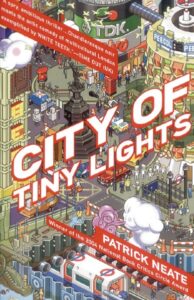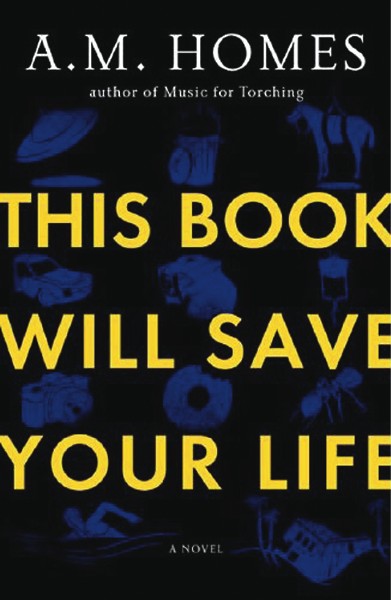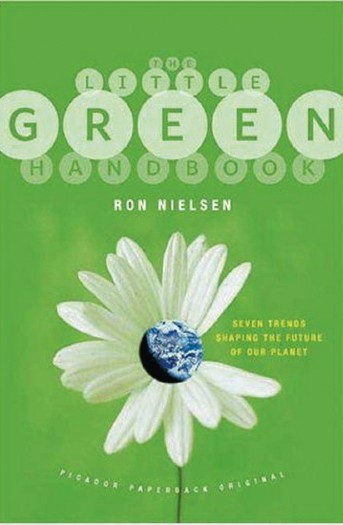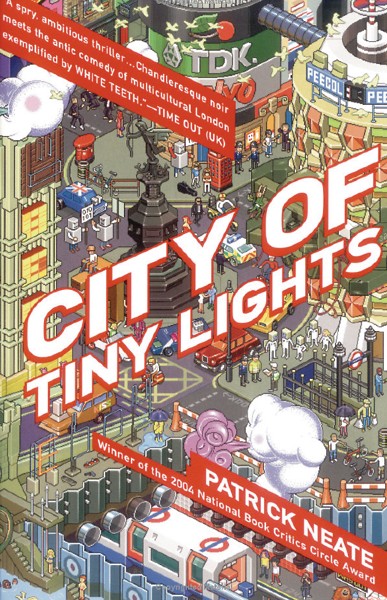This Book Will Save Your Life
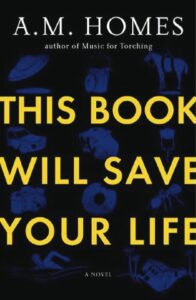
American Green: The Obsessive Quest For The Perfect Lawn
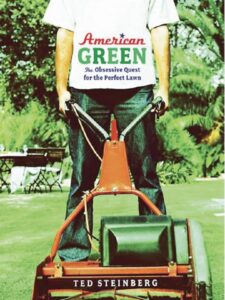
Little Green Handbook: Seven Trends Shaping The Future Of Our Planet

City Of Tiny Lights
